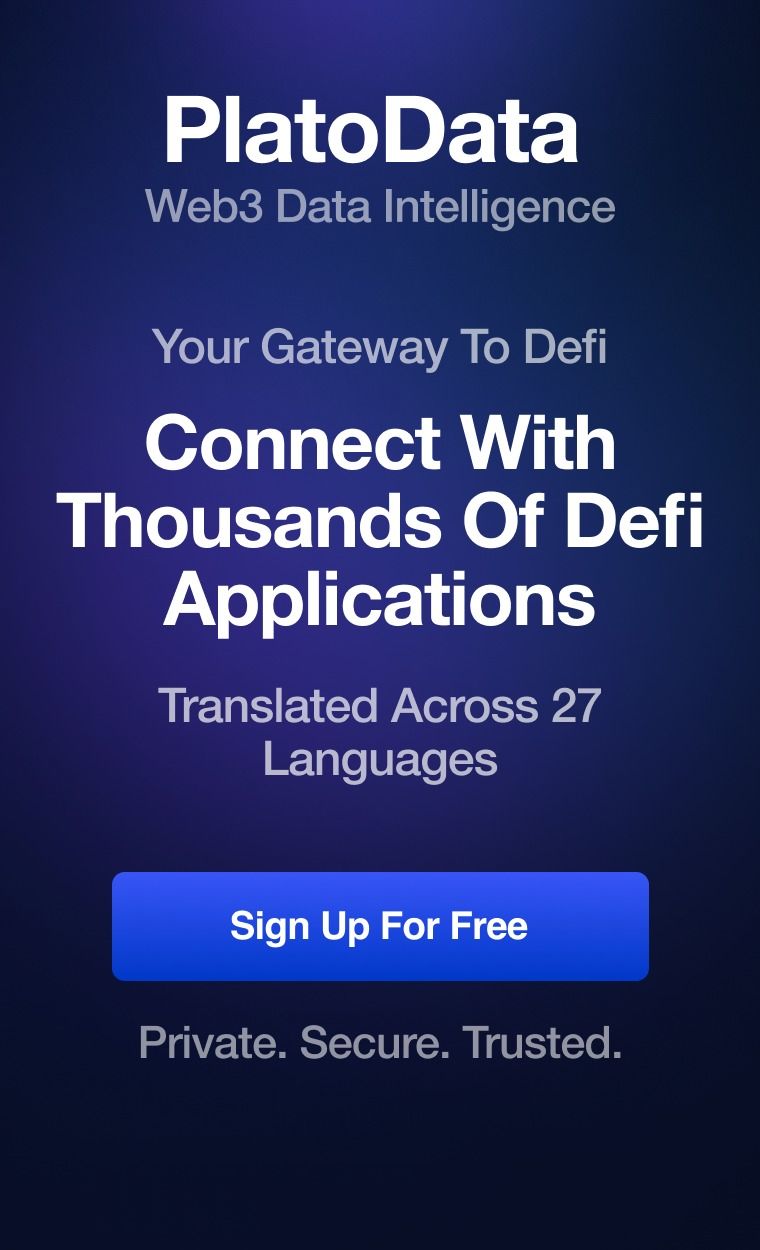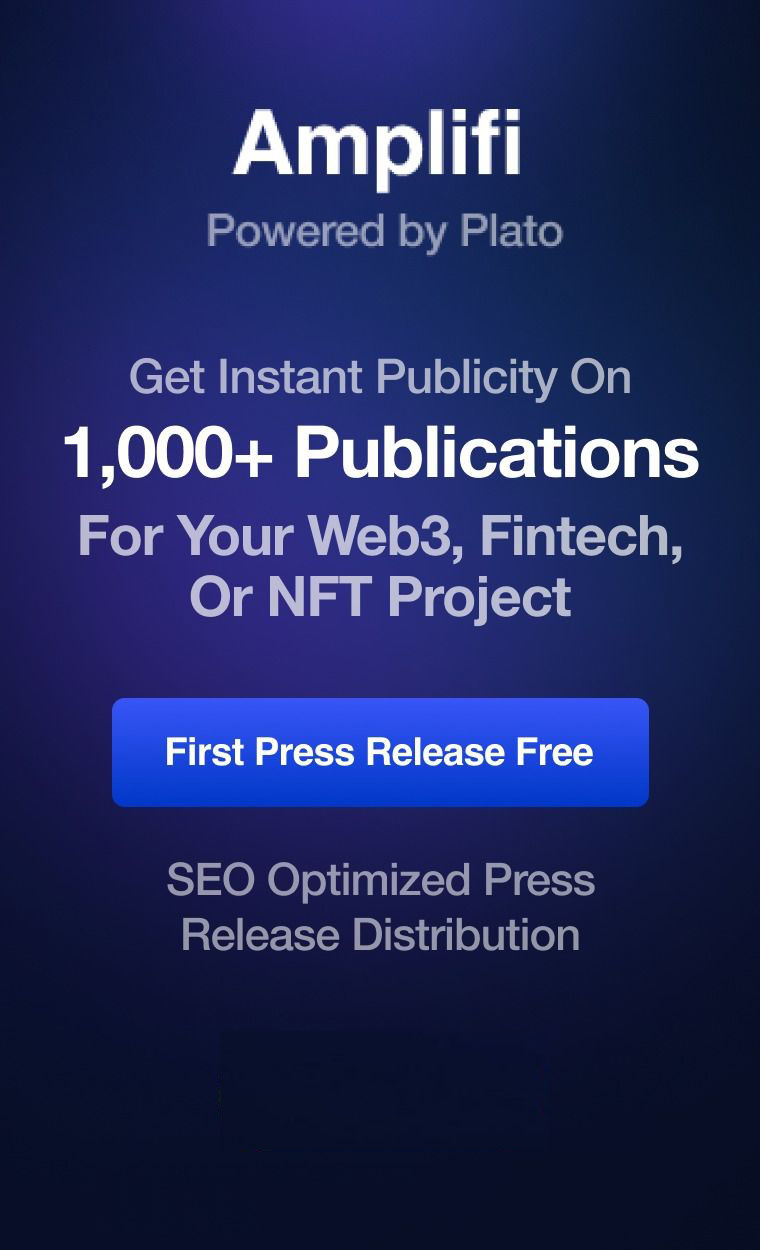
I have no vested interest in persuading you to invest in Bitcoin. We all have our own inherent appetite for risk and security, not to mention scepticism about many aspects of the modern world.
Bitcoin and cryptocurrency fall into the category of things that many treat with suspicion and confusion. What I want to do is address those concerns — as much for my own peace of mind as for yours!
I started investing in crypto with a small purchase of Bitcoin and then of Ethereum in early 2021, just as the prices of each skyrocketed. I took the rather foolish approach of buy now, learn later.
I’m now educating myself retrospectively and consolidating the learning it by sharing what I’ve discovered.
I’ve previously described the exact process I used to buy Bitcoin and my interpretation of the common terms and technologies used.
In this piece, I want to share some of the common objections, fears, and skepticism that many express regarding Bitcoin investing. I‘ve also unpacked why I think they’re unfounded or in many cases over-stated.
By design, Bitcoin has no physical manifestation, financial backing or centralised controlling organisation and many refuse to believe it can have any real value.
To take this view is to overlook that other currencies are essentially much the same.
Paper money issued by governments only has value because we all agree it does, and because we take part in the collective human system that exists around its use. When we check our bank balance online or at an ATM, we believe that the numbers on the screen represent monetary value even though we can’t touch them.
Throughout time, humankind has collectively signed-up to and accepted that anything from shells to pebbles and beads can be used to represent a store of value and purchasing power. Such collective acknowledgement is what makes systems of currency work — the same is true for Bitcoin.
Some might argue that gold has an innate and inherent value, and even if we stopped agreeing that gold has a high monetary value per ounce then it would have utility and hence value in electronics and for making jewellery.
The fact that it’s deemed so valuable is based in part on a collective agreement by humans that it is, but also due to it’s relatively scarcity and limited in supply (based on how much ore can be mined and processed).
Bitcoin shares this trait with gold and is much more akin to gold as a store of value than to money as we know it.
There will only ever be a maximum of 21 million Bitcoins in existence and in circulation. Those that are lost will never be replaced. Nobody will ever decide to create more (unlike paper money which governments have the freedom to print more of when they decide) as this constraint upon total numbers is built into the code and the protocols underpinning it.
Yes it does —volatility is an accepted behaviour of Bitcoin and cryptocurrency as they are traded today.
Investing in it isn’t for the fainthearted and if you are troubled by the potential for losing money invested then you should probably steer clear.
The volatility will likely calm down over time, particularly as it matures further. Major institutions (like Square, PayPal and MicroStrategy) are now engaging with Bitcoin either as payment processors or as investors. This should signify that it’s being taken more seriously and help to calm the volatility a little. When luminaries of investing like Bill Miller and Stanley Druckenmiller are taking an interest too, it signifies that changes are afoot.
Time will tell of course but consider the volatility a feature of crypto for now — accept that it’s a wild and exciting ride with ups and downs!
Much of the energy to maintain Bitcoin is used by the nodes which hold and maintain the ledgers of transactions and mine Bitcoins that haven’t yet been created.
Estimates suggest that Bitcoin consumes a comparable amount of energy as is required to run Switzerland each year — a staggering statistic.
My instinct was to contemplate the corresponding power used by banks and institutions that underpin the existing infrastructure of money with their offices, data centres, server farms and so-on. But the comparison is largely academic and certainly not like-for-like.
An interesting perspective on Bitcoin energy usage can be found in the 2020 letter to shareholders of Stone Ridge Asset Management from their CEO Ross Stevens. It’s essential reading for a rounded background on Bitcoin.
Stevens suggests that the technology underpinning Bitcoin and blockchain will likely be higher performing and more energy efficient than the infrastructure and legacy systems that support conventional banking. More significantly, he believes that opportunities will exist in the long term to locate new Bitcoin nodes where they can utilise clean energy (such as hydro-electric power generated from remote waterfalls and rivers).
As Stevens puts it:
“Before Bitcoin, the problem of energy has never been its scarcity, but only our ability to channel it geographically where it is needed most. Before Bitcoin, that was exclusively where humans lived. In contrast, Bitcoin’s mining energy is solving a different problem. Because of satellites and wireless internet connections, Bitcoin mining can be located anywhere.”
This flexibility of location means that the Bitcoin mining nodes can in future be located where green energy can be easily generated without having to then channel it to population centres where it is needed.
The power usage of Bitcoin could gradually represent less of a burden on energy supplies, reducing the production of environmental pollutants from non-renewable energy sources.
Banks, insurers and investment providers in the UK are regulated and guaranteed by the government, providing they meet criteria set out by the industry ombudsman.
If a bank in the UK goes bust with your money in it or if an institution mis-sells to you or commits fraud then the government will guarantee the return of your money (to a limit at least). The same is probably true in other countries too.
Cryptocurrency exists outside of government control, regulation and ownership. It works as a system precisely because there is no single controlling entity governing or regulating it.
For this reason, I doubt that any government will ever provide guarantees for investors. They will certainly seek to control and influence it.
With that risk acknowledged, reputable companies such as crypto exchanges like Coinbase have sought registration with the authorities rather than trying to operate under the radar. I’d recommend utilising the bigger, more reputable names — not the fly-by-nights who offer discounts or preferential terms that seem too good to be true.
People lose money when they unquestioningly transact with firms set up to extort and deceive. Do your homework, act with diligence and protect your own interests — caveat emptor!
There’s a perception that hackers target cryptocurrency because it exists solely online. I’ve worked in IT Security in banking for over 9 years and can assure you that the bad guys are just as motivated to extract and extort ‘normal’ money from regulated banks as they are cryptocurrency.
The main additional risk for crypto is the lack of regulation (see above). If your Bitcoin is stolen online while being held on a crypto exchange then it’s likely gone for good — you won’t have any recourse from a regulator, nor will you be able to claim via insurance.
As far as loss offline — there have been many examples where investors have bought Bitcoin, diligently stored it in their offline encrypted hardware wallet and then promptly lost it, thrown it away or lost their password. Such losses are unfortunate of course, but in most cases probably also avoidable.
Remember too that people are robbed of cash and valuables every day. Conventional assets are lost, stolen or mislaid.
Like any item of value you have some duty to take care of what is valuable to you — Bitcoin is no different.
With Bitcoin having hit record highs in 2021 (when its price broke through $40,000) many will feel that they’ve arrived at the party too late to enjoy themselves.
In 2017 the price neared $20,000 before dropping to a little over $3,000 and past performance might indicate that another dip in price is due. I’ve no reason to think it will or won’t drop as radically as before, but my natural scepticism has me preparing for the worst.
If the price drops then I’ll likely seize the opportunity to buy more at a cheaper price. History would suggest it’s likely to go back up afterwards too.
As to whether you’ve missed the chance to make money by investing in Bitcoin, consider the example of Amazon stock.
The average person might have felt inclined to make a small investment in Amazon stock, recognising it as a company that’s continued to flourish and which most of us shop from. Since 2008 Amazon’s stock price has been increasing steadily year-on-year, from $50 per share at the end of 2008 to $3,200 per share at the end of 2020.
For over 12 years, a prospective investor could have convinced themselves that it was too late to get involved and that the profits had already been made. For 12 years they’d have regretted their inaction.
Financial institutions are starting to contemplate that Bitcoin has a long term future and predicting what it may yet be worth — JP Morgan Chase estimate it could reach $146,000 per Bitcoin while Citigroup predict a price of $300,000. Other more outlandish estimates guess range up to $1 million per coin — perhaps based more on hope and optimism than on science.
To some extent, Bitcoin is still in its relative infancy as an investment asset hence the continuing cycles up and down.
If you’ve got the stomach for having some exposure to such volatility and are keen to have a potential share of future gains whatever they might be, then there’s still an opportunity. You just need to be open to losses as well as gains.
Remember that the guiding principle of crypto right now is only to invest in what you would be willing to lose.
Some of the early expenditure of Bitcoin likely involved its use as an anonymous currency on the dark web where drugs and weapons are freely traded.
Many of us will also have received spam or phishing emails warning that their laptop has been compromised and threatening destruction, humiliation or a mix of both unless they pay a ransom to the sender in untraceable Bitcoin. While such scams are usually a case of opportunistic social engineering, it’s a further way that many are first exposed to Bitcoin — as a tool of criminality.
The anonymity of Bitcoin is undoubtedly appealing for such activities but I’d argue that traditional paper currencies and the electronic transfer of money have been as widely exploited for ransoms, extortion and blackmail (and continue to be).
Most of us have probably also encountered tradespeople who offer a discounted price for ‘cash-in-hand’ payment so they can avoid declaration of income and associated taxes. Cash money has its problems and detractors too!
While Bitcoin may have appeal to the criminal-classes, it doesn’t mean that’s the only use case for it. It doesn’t mean that all those who use it are complicit in criminality, nor are they any more likely to be singled out by criminals.
This objection comes from two sources.
First, there’s the argument that because it gains and loses value radically and frequently compared to other currencies, it doesn’t make sense to use it to buy goods. Today you might buy a pizza with Bitcoin. Tomorrow the same amount of Bitcoin might be worth enough to buy one hundred pizzas. To that extent the argument is correct and that part of the original use-case for Bitcoin, as an online currency to rival Dollars, Yen or GBP isn’t practical.
While the value of Bitcoin is still relatively volatile, it may well level out over time enabling its use as a stable currency. Regardless, it can be used in exchange for goods and services today, and via conventional channels including PayPal too should you wish.
The second objection to its status and viability as a currency is that the uptake and the time taken to complete transactions means that Bitcoin could never compete with online channels like Visa who claim capacity to process 150 million transactions per day. There is some substance to this view, but it’s not really a like-for-like comparison.
Certainly there are fewer Bitcoin transactions at present (around 400,000 per day in early 2021), although the volume of them is increasing gradually with platforms like PayPal and Square accepting Bitcoin.
The main difference is that Visa and Mastercard don’t process payments completely at the point at which the transaction completes online. Instead, the reconciliation and final transfer of funds between entities often takes a few days.
With a Bitcoin payment, the change of ownership of the Bitcoin (or fraction of a Bitcoin) is recorded in the blockchain and reconciled between a number of nodes on the network to confirm the transaction. The additional time taken to complete this processing represents the entire move of value from one party to the other.
While it takes longer, it’s more comprehensive and by permanently locking the details of the transaction into the blockchain in multiple ledgers, it makes it irrefutable and indisputable for all time.
The technical details of this are complicated, and still somewhat beyond my grasp, but hopefully the point is clear.
Future technological advances might speed up Bitcoin transactions but the price of Bitcoin may need to stabilise before it’s used more widely as a currency. In the meantime, I prefer to think of Bitcoin as an asset class or store of value in which to invest than as a currency to spend. Indeed, my strategy is to buy and hold for the long term (known as HODL in Bitcoin circles for reasons that I’ve yet to fathom!).
As I said at the outset, my purpose is not to convince you to invest in Bitcoin — it won’t suit everyone. But it sometimes helps to critically analyse perspectives that conflict with our own as a means of testing our understanding and our rationale.
If you’re in doubt over whether Bitcoin is for you, then I’d advise you continue to read around the subject. If you’re still in doubt as I was, maybe make a small investment as I did and see whether it captures your imagination.
Note: This article is for informational purposes only. It should not be considered Financial or Legal Advice. Consult a financial professional before making any major financial decisions.



